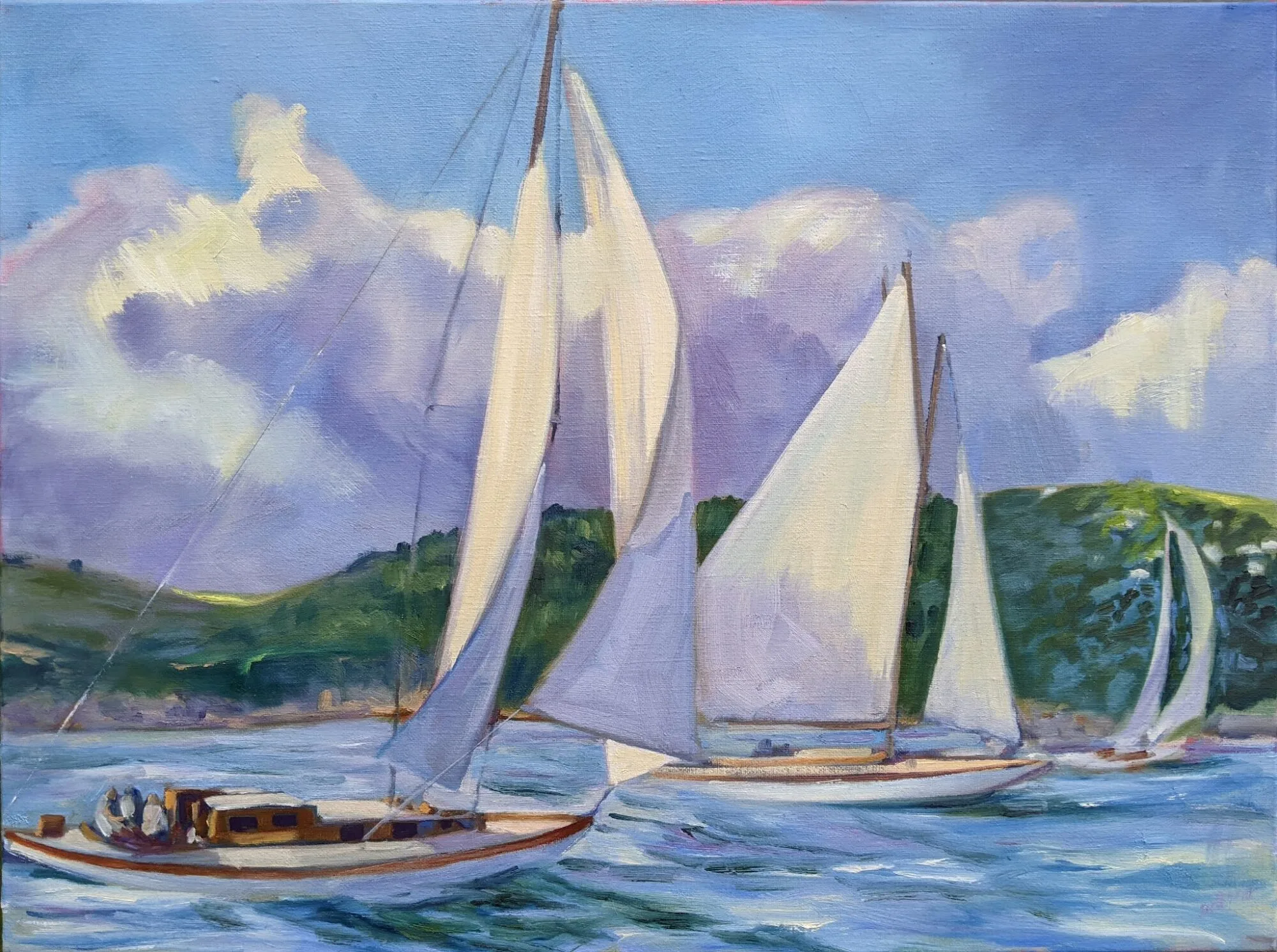This Election Day is as much a mirror to our society as it is a precursor of things to come. We have endured 22 months of the basest kind of electioneering, and what that will tell future historians about our culture is not a lie.
I knew very little about Alexandre-Georges-Henri Regnault other than his saucy Salomé, which was a sensation when he painted it at the age of 26. I noticed it only because it bore a resemblance to a friend of mine, Sari Gaby, who also works in the same lush Beaux Arts style. Regnault is pretty much forgotten today.

“Thetis bringing the Arms forged by Vulcan to Achilles,” 1866, by Henri Regnault.
Regnault’s lifespan roughly equaled that of the Second French Empire. He was five during the February Revolution and eight when Napoleon III’s coup d’étatdissolved the National Assembly. During his childhood, France lost 95,000 soldiers in the siege of Sevastopol. Later that decade, France went to war in Italy and Mexico, in addition to the usual skirmishes required to expand and maintain a colonial empire.
His young death is partly the reason for his obscurity, since he really didn’t produce much work. Equally important was his subject matter. A child of war and revolution, he painted what he knew. His visceral painting style and heroic death made him a hero in France. But by the end of World War I, the world was profoundly tired of war. Martial paintings didn’t have the cachet they’d had two generations earlier.
Born in Paris, Regnault was the son of Henri Victor Regnault, a noted chemist and early photographer. In 1866, the son won the Prix de Rome withThetis bringing the Arms forged by Vulcan to Achilles.
That gave him a stipend to study in Rome, so he duly went, although he grew bored with the traditional course of study. While in Rome, he paintedAutomedon with the Horses of Achilles, a classical painting with an energetic twist. It was well-received. In Spain, he painted the Spanish revolutionary, General Juan Prim. Prim rejected his painting, but it proved popular with the French public.
Neither his portrait of Prim nor Execution Without Hearing Under the Moorish Kingsshould be considered outside of their political context. Prim had just returned from Mexico (leading the fight against France) and was helping to launch a successful rebellion against the increasingly-tyrannical rule of Queen Isabella.
Execution Without Hearing Under the Moorish Kings of Grenada could be called the evil twin of John Singer Sargent’s Fumée d’ambre gris, painted a decade later. In both cases, the vertical composition drives our eye toward the figures. But whereas Sargent’s Morocco is a romantic travelogue, Regnault’s Grenada is dark and bitter. We are aloof from Sargent’s woman bathing herself in scent, but Regnault forces us to look up at his violent spectacle.
The Franco-Prussian War took down the Bonapartists, but it also killed Regnault: he died in the Siege of Paris, in the Battle of Battle of Buzenval on January 19, 1871. He was just 27 years old. As an artist, he was exempted from military service. As a child of war, he felt obliged.
For a time, his heroism was feted, in works by Camille Saint-Saëns, Henri Chapu and Jean-Louis-Ernest Meissonier. That didn’t make him any less dead, of course. The loss of his son and his laboratory in the same siege completely undid his father, who never recovered. Pointless, but Regnault was a product of his time, just as we are.




